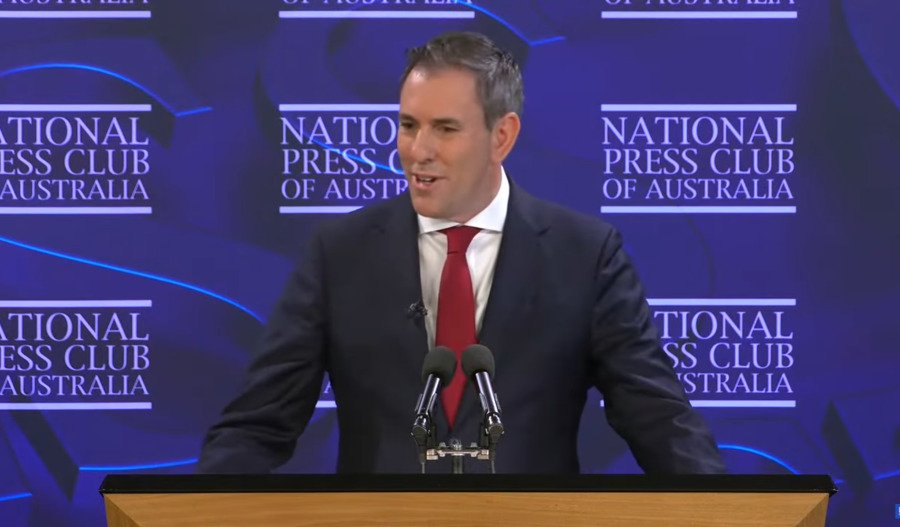The Australian sharemarket is expected to open lower on Thursday, following declines in iron ore prices and a cautious U.S. Federal Reserve update that left markets largely directionless overnight.
By 7 am AEST (9 pm GMT), futures for the S&P/ASX 200 Index (September 2025 contract) were down 20 points, or 0.2%, to 8,513.0, suggesting a soft start to the trading day.
Investor sentiment was dampened as iron ore futures on the Singapore Exchange fell for a fourth straight session, touching their lowest levels since September 2024.
On Wall Street, major benchmarks remained little changed as investors largely stayed on the sidelines following the Federal Reserve’s latest monetary policy update.
The Dow Jones Industrial Average slipped 0.1%, the S&P 500 ended flat, and the Nasdaq Composite edged up 0.1%.
As expected, the Federal Reserve left its benchmark interest rate unchanged, keeping it within the 4.25% to 4.5% range. However, the Summary of Economic Projections flagged increased downside risks to growth and upward pressures on inflation—both of which are now being influenced by tariffs introduced under President Donald Trump.
Despite these headwinds, the Fed maintained its projection for two interest rate cuts by year-end, a move that initially provided some reassurance to markets.
However, analysts noted subtle shifts in the distribution of individual forecasts within the Federal Open Market Committee (FOMC).
ANZ analysts commented: “Distribution of individual forecasts that make up that projection for 50bp of cuts in 2025 did shift up a little, with seven of 19 forecasters expecting no change (up from four in March), two expecting 25bp of cuts (from four in March), eight expecting two cuts (from nine in March) and two expecting three cuts (the same as March).”
Domestically, attention is turning to labour market figures from the Australian Bureau of Statistics, due at 11:30 am AEST (1:30 am GMT). Markets are expecting an employment increase of around 25,000 for May, while the unemployment rate is forecast to remain steady at 4.1%.
Meanwhile, early in Thursday’s Asian session, New Zealand’s economy expanded by 0.8% in the March quarter, accelerating from 0.5% growth in the previous period.
On the bond markets, the yield on the 10-year note rose 0.2% to 4.251%, while the 2-year yield dipped 0.4% to 3.313%.



